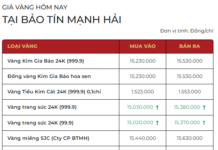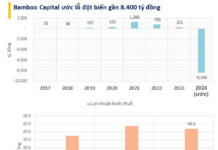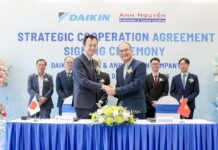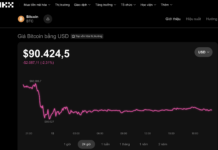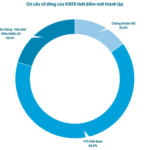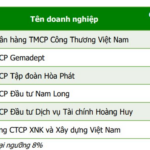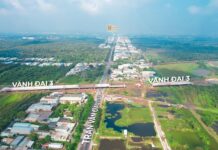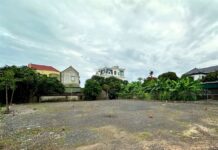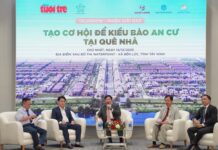Social Housing Development Still Faces Bottlenecks
According to a report from the Ministry of Construction, after 3 years of implementing the investment proposal for at least one million social housing units, the country now has 692 projects with over 633,000 units. Of these, 146 projects have been completed, providing more than 103,000 units.
In the first seven months of this year, nearly 37,000 units were completed, equivalent to 80% of last year’s results and seven times that of 2022. Currently, 402 projects have been approved with over 400,000 units, equivalent to nearly 60% of the target set for 2030.
Several localities such as Hai Phong City, Bac Ninh, Bac Giang, and Nghe An provinces have actively contributed, achieving high rates compared to set targets. However, some localities have not shown sufficient interest, resulting in no projects being commenced or low completion rates for commenced projects.
Experts from the Vietnam Market Assessment and Real Estate Information Institute (VARS IRE) pointed out that the social housing market is facing a paradox of “both shortage and surplus.” The supply fails to meet the demand of low-income earners, yet many projects struggle to sell due to three significant bottlenecks.
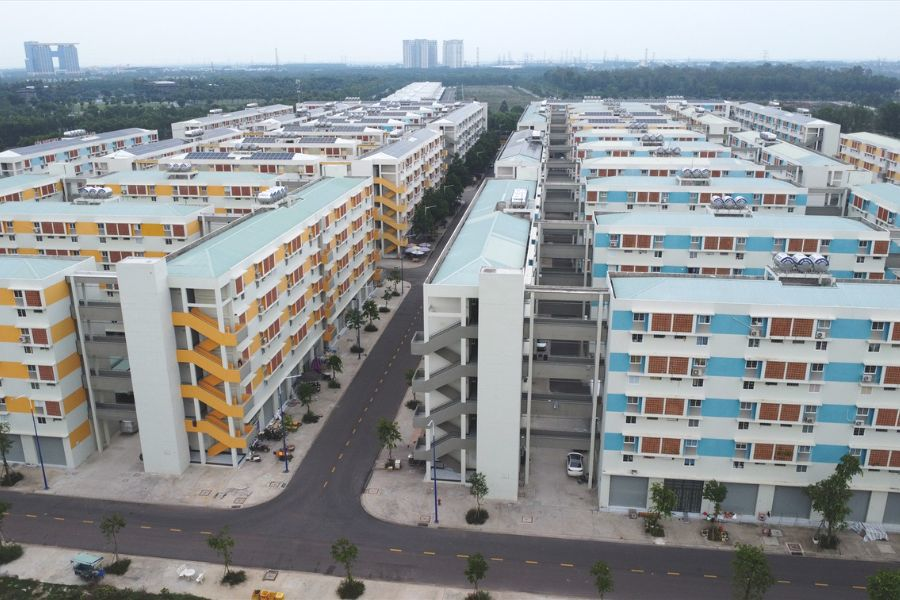
Many localities are slow to implement social housing projects.
According to VARS IRE, the first bottleneck lies in land allocation. Many localities allocate land for social housing far from city centers, with inadequate infrastructure and a lack of schools and hospitals. Despite lower prices, these projects struggle to attract buyers. The fulfillment of the obligation to contribute 20% of land in commercial projects and urban areas is also lax, leading to a shortage of substantive supply in the market.
The second bottleneck is the inaccurate assessment of demand. VARS IRE statistics show that millions of workers and urban laborers still lack stable housing, yet some social housing projects fail to find buyers. This is due to complex approval procedures and stringent regulations, coupled with the projects’ unsuitable locations.
Additionally, the market faces issues of speculation and illegal transfers. Some buyers purchase units not for occupation but for resale, distorting the market and depriving those with genuine needs of opportunities.
Proposed Solutions
VARS IRE suggests that managing authorities should seriously consider evaluating and imposing disciplinary measures on leaders of localities that have not fulfilled their responsibilities in developing social housing in the past years. They should also inspect commercial projects over 2 hectares to ensure compliance with the 20% land contribution obligation for social housing. Independent research units should be engaged to survey demand to avoid supply-demand mismatches, and management mechanisms should be adjusted for transparency in approval processes while enabling developers to reach the right target audience.
Sharing this view, the Ho Chi Minh City Real Estate Association also proposed optimizing administrative procedures for the implementation and sale of social housing. They emphasized the need to change the development mindset, arguing that social housing should not merely focus on affordability but also consider location, quality of life, and amenities. The lesson from thousands of abandoned resettlement apartments over the years stands as a stark testament to this waste.
To achieve the set goals, the Minister of Construction recently issued a series of specific directives, instructing the Chairpersons of the Provincial People’s Committees to urgently implement crucial solutions.
The Ministry of Construction stressed the need for localities to demonstrate stronger leadership and provide more decisive direction. They should immediately incorporate the target of completing social housing units, as per Decision 444, into the system of socio-economic development indicators, along with prioritizing the allocation of resources for this purpose. The urgent task of establishing provincial-level Steering Committees has been assigned to directly inspect, urge, and resolve bottlenecks.
For ongoing projects, especially those scheduled for completion this year, close monitoring and urging are necessary to accelerate progress. Simultaneously, new projects, including the development of social housing on the 20% land fund of commercial housing projects, should be promoted to commence construction this year.
Particular attention is drawn to the efficient management and utilization of the land fund, with localities urged to promptly complete investment procedures for allocated land plots and review, update, and supplement land use planning to ensure the allocation of sufficient land in line with the set targets.
The Island Cityscape: An Urban Oasis Adjacent to Sun Group’s 72,000 Billion VND Project, Witnessing Land Prices Soar Tenfold.
Kim Quy Island enjoys an exclusive location, offering both seclusion and convenience. Nestled amidst surrounding waters, it is also remarkably accessible, with major landmarks such as the Tan Van intersection, the Hiep Hoa urban area project, and the new Dong Nai Political-Administrative Center all within a 3 km radius.
The Fintech Revolution: Banks and Brokerages Embrace the Digital Asset Arena
The recent passage of the Digital Technology Industry Law by the National Assembly at its ninth session in mid-June has paved the way for a robust development of the digital asset sector in Vietnam.
Challenges Remain to Achieve the Target of Fully Disbursing Public Investment Capital, Says Deputy Finance Minister.
As of the regular Government press conference for August 2025, Vice Minister of Finance Tran Quoc Phuong shared positive updates on the disbursement of public investment capital for the first eight months of the year, totaling nearly VND 410 trillion.










